Review
With its new SUV coupé, Renault is vowing to storm the D-segment citadel, dominated for so long by the German premium competition.
The French manufacturer is really not joking when it insists those used to driving its European competitors to “ditch the Deutsche”.
It came up with the Rafale.
At launch, Renault chief Luca de Meo said Renault was stepping up to the mark “with everything that was lacking before: a vehicle positioned in the buoyant SUV coupé segment, a powertrain in tune with its times, brand excellence in technology and design, and also a real sense of emotion”.
Named after a celebrated 1930s racing aircraft, the manufacturer hopes to infuse some of that storied heritage in its latest automotive offering – the Rafale, its new flagship vehicle.
It has in fact managed to tick many of the boxes on De Meo’s wishlist offering performance that displays superior engineering and an aesthetic that is both refined and practical, designed with thought for its occupants.
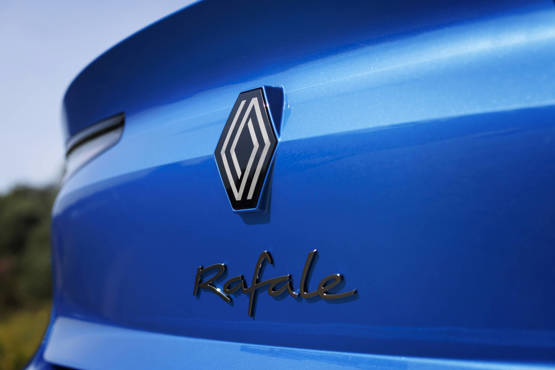
Equipped with a full hybrid engine, the Rafale’s natural competitors will be the likes of the Citroën C5 X and Peugeot 408 and could even give premium rivals such as the Audi Q3 Sportback and BMW X2 a run for their money.
The first examples of the Renault Rafale are powered by its E-Tech hybrid engine, combining a 1.2-litre turbocharged engine with two electric motors and a 2kWh electric battery.
Shared with the Austral, this powertrain develops 200PS, allowing the Rafale to achieve a 0-62mph time of 8.9 seconds. CO2 emissions of 105 – 107g/km are impressive for a larger SUV and place it in the 26% benefit-in-kind tax band.
The forthcoming meatier 300PS plug-in hybrid (PHEV) version is something which Renault thinks will help its new model to gain a competitive advantage. It will be of particular interest to company car drivers, with a 62-mile electric range. Renault says the car will achieve 50mpg with a depleted battery.
The E-Tech 4x4 PHEV powertrain adds a third electric motor to the rear axle, for more power and permanent four-wheel drive mode. Prices for this have yet to be released.
Returning to the E-Tech Full Hybrid 200 variant, the entry level price for the Techno Esprit Alpine comes in at £38,195 which comes fitted with 20-inch alloy wheels, matrix LED headlights, dual-zone climate control, heated front seats and steering wheel, a powered tailgate and parking aids.
For this test drive, Fleet News opted for the Iconic Esprit Alpine which has a high-end 12 speaker Harman Kardon audio system, 360-degree camera system and handsfree parking, plus emergency lane-keeping assist, traffic-sign recognition, automatic emergency braking (AEB), blind-spot monitoring and driver awareness systems – all of which comes in at £44,695.
Four-wheel steering and the impressive Solarbay opacifying panoramic sunroof come as standard on both of these launch versions.
Four-wheel steering is a premium-level innovation where the rear wheels turn in the opposite direction when manoeuvring at slow speed. This makes it well suited to city driving where the tighter turning radius makes urban tight corners light work.
At high speeds it turns in the same direction to improve stability although at higher speeds, we found that handling was not quite as assured when negotiating long sweeping bends. Time will tell whether this added engineering complexity drives up maintenance costs.
The four-wheel steering system combined with the large wheels makes for a ride which is on the firm side though and correcting speed adequately for negotiating road surface inconsistency is something which needs to be accounted for. It will be interesting to see if the less sporty Techno version’s suspension which dispenses with four-wheel steering will prove a little more forgiving.
Engine noise is low as is wind and road noise which allowed the cabin infotainment which features a 12.3in digital driver display and a 12.0in portrait-oriented touchscreen to come into its own.

Designed for the driver, on-screen controls were navigable and offered easy-to-find features like DAB radio, Bluetooth, Android Auto, Apple CarPlay and Google Maps while physical climate control knobs prevent any fumbling while en route.
The interior is plush with good quality coverings and Alcantara panels and the six-way electric adjustments make the front sports seats with their lumbar support accommodating, certainly on longer journeys.
Another innovation, this time for the rear seated passengers, is the Renault ‘ingenius’ armrest positioned centrally and equipped with two USB-C ports, cupholders, device holders and carpeted trays.
Despite the coupé roofline, the Rafale’s 4.7m length guarantees ample cabin space both forward and in the rear where the seats are split 40/20/40. Boot space is an adequate 535 litres which can be expanded to 627 litres by lowering the floor.
Renault’s Rafale is sure to run up against some stiff competition as it breaks into the D segment. Even so, the car breathes quality, style and performance although undoubtedly, all eyes are now on the plug-in hybrid version which is due to land soon.
Aimée Turner has been a specialist B2B editor and journalist covering the international transportation sector for more than 20 years.
Now deputy editor of AM, she has specialised in the significant safety, regulatory, and environmental issues that impact advanced technology businesses in the pursuit of more efficient, safer and sustainable transportation modes.




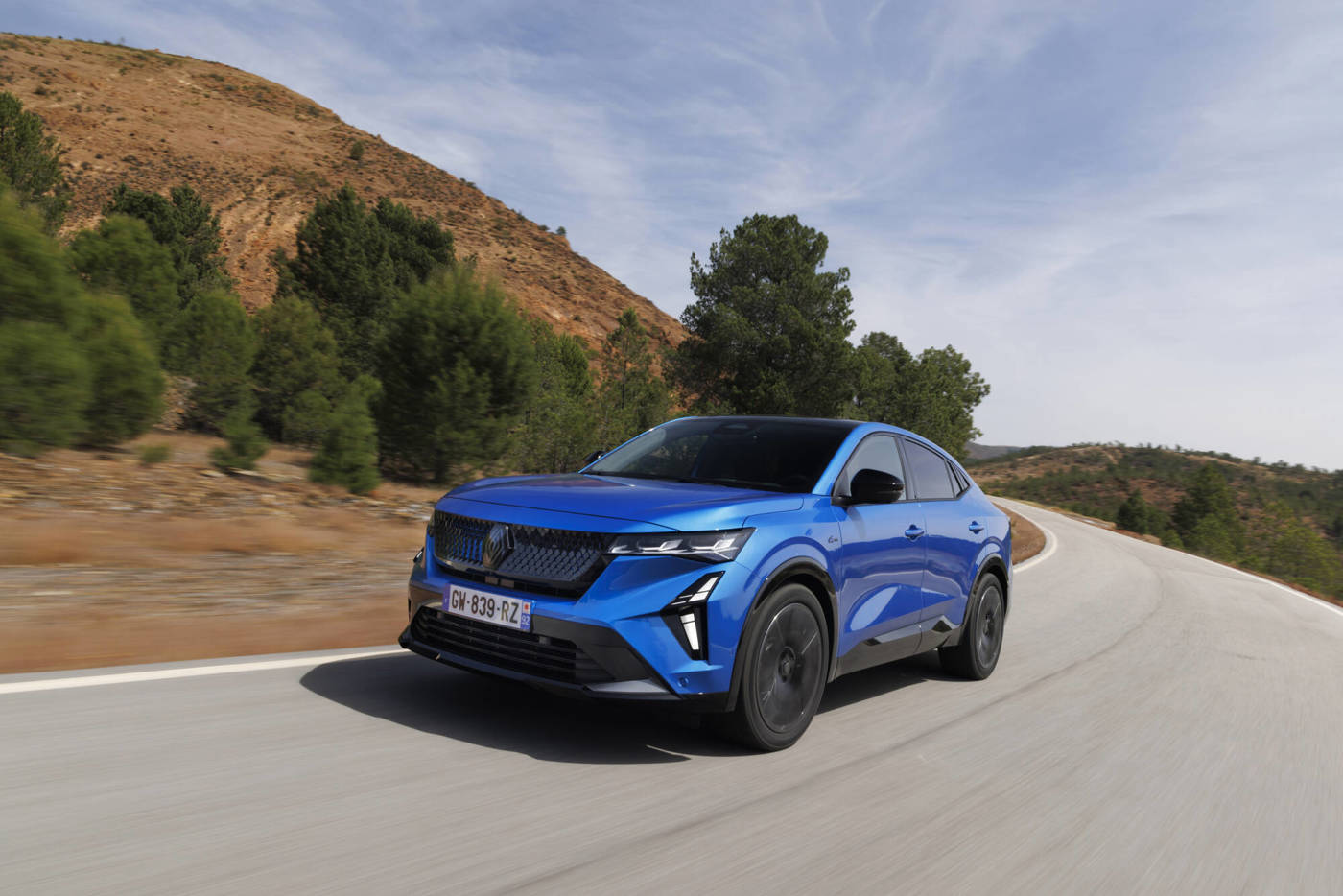
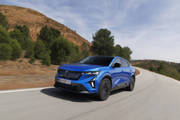
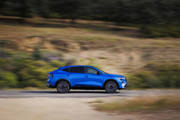
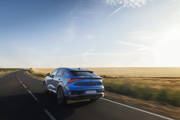
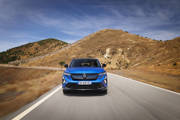
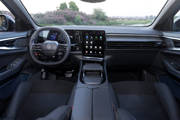


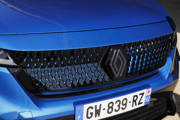
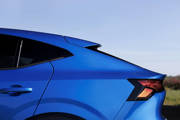



 Petrol Hybrid
Petrol Hybrid
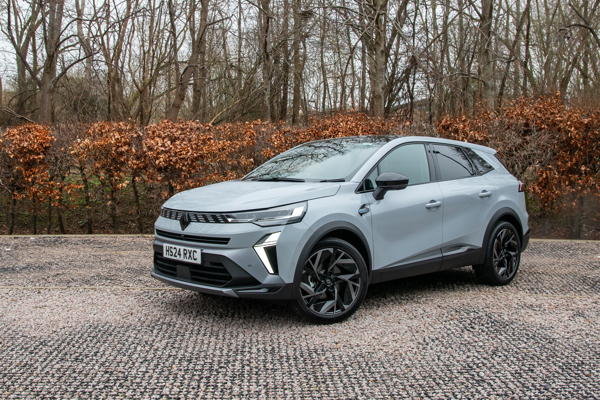




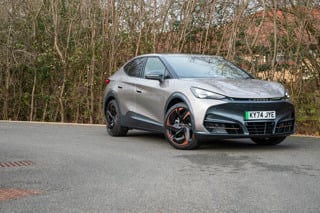
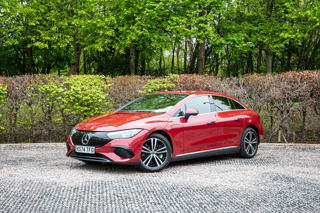













Login to comment
Comments
No comments have been made yet.